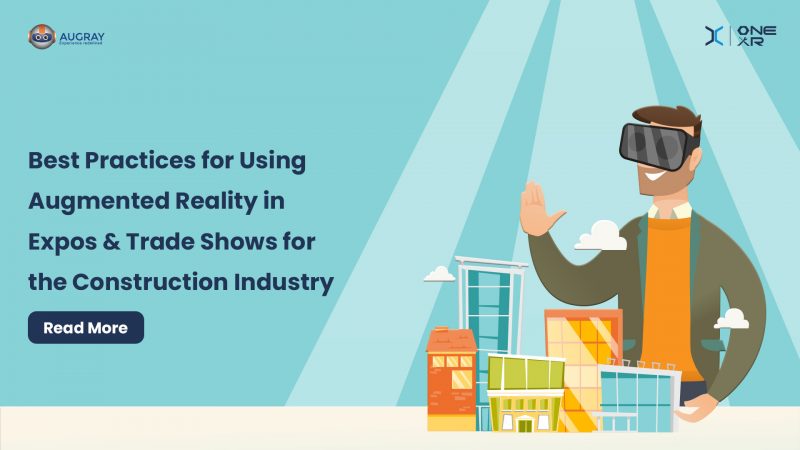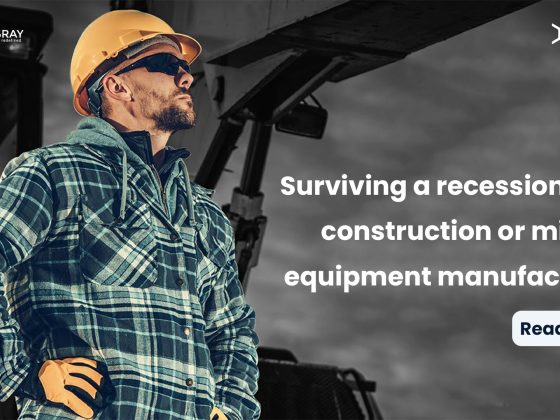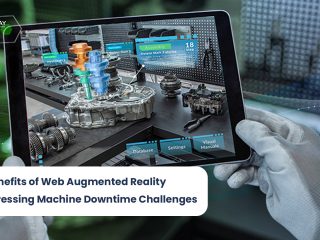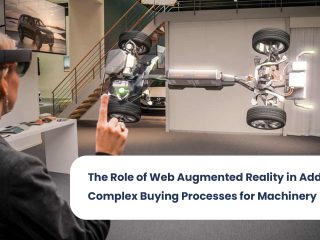Introduction:
Expos and trade shows serve as the perfect platform for construction companies to showcase their products, services, and innovations. However, with increasing competition and significant investments from competitors, it has become crucial for businesses to find innovative ways to attract more audience to their stalls.
Augmented Reality (AR) presents a powerful solution that can captivate visitors and provide a unique user experience. In this blog post, we will explore the best practices for using AR in expos and trade shows within the construction industry.
Enhancing Engagement with Immersive Experiences:
AR can transform a traditional booth into an immersive experience that engages and captivates visitors. For example, a construction equipment manufacturer used AR to create a virtual construction site within their booth.
Attendees could wear AR-enabled headsets and visualize how a construction project would look once completed. By overlaying 3D models onto the physical space, visitors could walk through virtual buildings, explore different designs, and get a realistic sense of scale.
This not only grabbed attention but also encouraged deeper engagement with the product or service being showcased.
Showcasing Complex Products or Processes:
Construction equipment often involves intricate mechanisms and complex operations that can be challenging to explain to potential customers. AR can simplify this by providing interactive visualizations. For instance, a company specializing in heavy machinery used AR to demonstrate the assembly process of their equipment.
Visitors could interact with virtual parts, view animations of the assembly process, and gain a comprehensive understanding of the machine’s capabilities. This immersive and interactive experience simplified technical concepts and made them more accessible.
Creating Memorable Brand Experiences:
In a crowded expo or trade show environment, it’s vital to leave a lasting impression on attendees. AR offers the opportunity to create memorable brand experiences. For example, a construction software provider designed a virtual treasure hunt within their booth using AR.
Visitors could use their smartphones or AR-enabled devices to find hidden markers, unlock exclusive content, and win prizes. This not only created buzz around the booth but also increased brand recognition and recall.
Seamless Integration with Marketing Campaigns:
AR can seamlessly integrate with your existing marketing campaigns, amplifying their reach and impact. A construction materials supplier launched an AR mobile app before an upcoming trade show.
Users could access the app to preview interactive product catalogs, watch augmented reality demos, and even schedule appointments with company representatives during the event.
This integrated approach generated curiosity, drove booth traffic, and maintained engagement even after the expo or trade show had ended.
Conclusion:
In an increasingly competitive construction industry, using augmented reality in expos and trade shows can give your company a significant competitive edge. By implementing these best practices, such as creating immersive experiences, showcasing complex products, and integrating AR with marketing campaigns, you can attract more visitors to your stall, leave a lasting impression, and generate valuable leads.
These real-life examples demonstrate the power of AR in transforming the way construction companies engage their audience and elevate their brand presence. Embracing AR technology opens up a world of possibilities for construction companies to showcase their products, educate their customers, and drive business growth in the dynamic expo and trade show environment.










